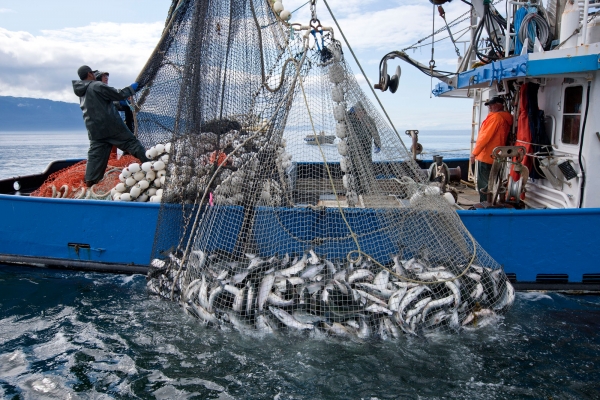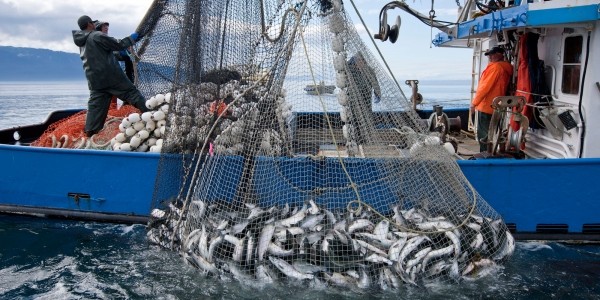
From October 1 in 2014 to September 30 in 2015, there were no operations-related deaths in the Alaskan commercial fishing industry, the first one year period with no fishing-related casualties in the industry, which is well known for its death toll and dangerous reputation.
According to the coast guard and reported by state Department of Fish & Game (for the full report), the change is partially credited to safer practices and overall making the industry safer, but it also has something to do with fewer people fishing. There’s a whole uproar about permits going out of Alaskan hands and into the ownership of nonresidents of the state, but that’s another problem, and has nothing to do with safety.
During the 1980s, an average of 31 fisherman died in Alaska in commercial fishing related incidents. Last summer six commercial fishing boats sank, but no one was killed. However, there was one reported death on a commercial fishing ship between June and September according to the report, but it isn’t included because it was of natural causes, and had nothing to do with fishing activities.
According to the report, in the ‘70s and ‘80s there were about 235 vessels active in the Bering Sea and Kodiak king crab fishery. Now there are 65 to 75 active. People are still working under quotas and demands, but regulated seasons are longer, the vessels are much better and safer, and the problems of overloading and stability are far less severe than before, with more pre-seasonal checkups to make sure that boats going out 3 miles from shore or deeper into the sea are fit for the journey.
But after the first ever 365 days without related deaths, in October 36-year old Gary Graves died while diving for Sea Cucumbers near Kodiak. He was working off of the Momo & Maddie ship, which was participating in the state sea cucumber commercial dive fishery near Port Hobron, about 6 miles from Old Harbor.
Image: Source
